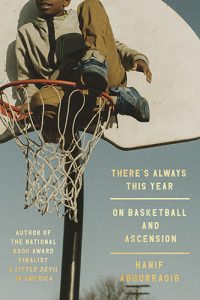Zahir – Winter 2006
Issue 11
Winter 2006
Triannual
Denise Hill
Why did it take me so long to read this magazine? Like so many, I have shied away from “speculative fiction” not sure exactly what genre it might be (a controversy even among those who favor it), but what I have found here is a rediscovery of why I (like so many) was fascinated with Mary Shelley’s Frankenstein and Ray Bradbury’s Fahrenheit 451. And like those timeless classics read in my college days, Zahir is a journal I would highly recommend to teachers of short story and sci-fi/fantasy lit.
Why did it take me so long to read this magazine? Like so many, I have shied away from “speculative fiction” not sure exactly what genre it might be (a controversy even among those who favor it), but what I have found here is a rediscovery of why I (like so many) was fascinated with Mary Shelley’s Frankenstein and Ray Bradbury’s Fahrenheit 451. And like those timeless classics read in my college days, Zahir is a journal I would highly recommend to teachers of short story and sci-fi/fantasy lit. This is fiction that takes our imaginations with it as it pushes boundaries, leaving no one behind. Kiel Stuart’s “How the Swan Queen Celebrated Mother’s Day” was among the most challenging reads for me – forcing me to stop continually trying to create concrete imagery to go along with what I read. Once overcoming this, I enjoyed the labyrinth twists and turns the story’s characters took. Peter Higgin’s subtle hero’s tale, “Monadnock & Bramble Jam,” was delightful for its use of language alone, combining words that created images of a strange and different world, such as “ancient stumps of lava […] still standing proud of the land,” and, “The sky was cold and filled with swollen stars.” William Alexander’s “Divination” is more of a “who-dun-what-to-whom-for-why” treat, reminiscent of Eternal Sunshine of the Spotless Mind, whereas George Keithley’s “Appearances” takes us into a world of living among ghosts (mainly asserting what they are not); realizing we ourselves are but ghosts among our own empty directions. Both of Christine Boyke Kluge’s short-short surrealistic contributions, “Brain in a Cage” and “Copperhead,” caught me laughing out loud, but not without a bit of unease at the bizarrely realistic portrayals of that which is not real – or is it? That’s what I found most enjoyable about the quality of the writing in Zahir: its stories don’t rest on cheap turnaround tricks or oversimplified creations and personifications. This is carefully crafted fiction, sometimes eerie, sometimes fun, but always challenging the reader to move aside ideals of traditional fiction or join them with new methods to breed a very different kind of fictive imagination. As the characters in Chris Gautheir’s story, “Beauchene Preparation of the Human Hat” relate:
“Breeding new realities? Why the hell would anyone do that?”
“To make better ones.” The leader snorted. “Come on, even I can see that’s a no-brainer.”



